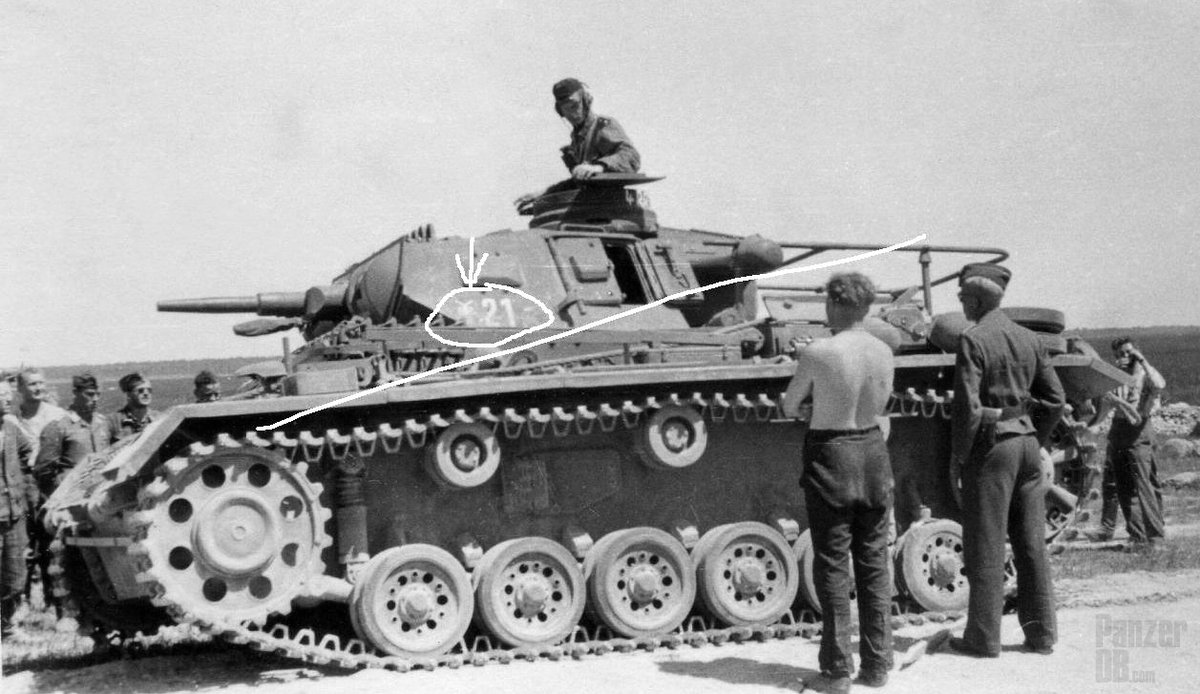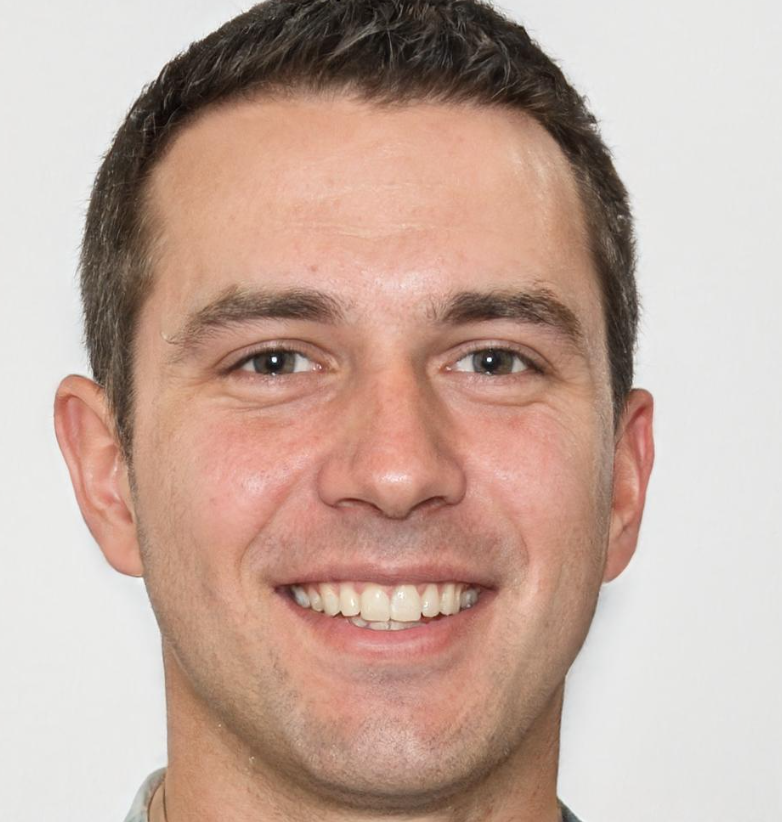
The 17. Panzer-Division was an armored division of the Wehrmacht, which fought during the Second World War.
Created in November 1940 by the 27 Infanterie Division, it served in sectors center of the Eastern Front from June 1941 to November 1942, when it was transferred to the south to relieve the encircled troops in Stalingrad but failed. The retreat that followed touched Ukraine and Poland, and the surrender took place in East Germany.
Consisting mainly of soldiers recruited in Bavaria, it put in evidence during Operation Barbarossa and maintained a high reputation for fighting the war; distinguished soldiers in its ranks were Otto Büsing, Walter Schilling, and Karl Friedrich von der Meden.
History
OPERATING THEATRES OF 17. PANZER-DIVISIONLocation, PeriodGermany, November 1940 - June 1941Eastern Front, the central and, June 1941 - November 1942Eastern Front, the south, November 1942 - March 1944Eastern Front, the mid and, March 1944 - August 1944Poland, August 1944 - March 1945East Germany, March 1945 - May 1945The origins and preparation
On 1 November 1940, it was officially the 17th. Panzer-Division in the 7th military district of Germany (Augusta area / Monaco of Bavaria) and Suai paintings were declared complete in mid-March 1941 after being prepared in the XXIV Corps of Army Group C.
In April, the unit was assigned to the 11th Army and, in May, was transferred to Panzergruppe 2 (2nd armored group) by Heinz Guderian (Army Group Centre) in view of ‘Operation Barbarossa.
Operation Barbarossa and the battle for Moscow
From 22 June 1941 17. Panzer-Division, consisting of three Panzer-Abteilung, took part in the invasion of the Soviet Union framed in XXXXVII Panzer General Joachim Lemelsen belonging to turn to Panzergruppe 2 controlled by the skillful general Heinz Guderian. The armored division was soon engaged in fighting very hard against the Soviet forces - on June 28, the division commander, General Hans-Jürgen von Arnim, was injured and was replaced by General Ritter von Weber.
The panzer advanced rapidly in-depth, but they were constantly in combat before in Slonim (first encounter with the enemy armored vehicles), then in the battle of encirclement of Minsk-Bialystok, then Sjenno, where the 17. Panzer-Division fought from 6 to July 11 wagons of a fierce struggle against the Soviet armored reserves (5th and 7th Mechanized Corps). The division, even at the cost of significant losses, achieved great success and already claimed on 13 July the destruction of 502 Soviet tanks (of which only 100 were July 9) - having rejected the desperate counterattack, the Soviet 17. Panzer-Division then went across the river Dnieper, reaching Głuchów September 3.
On 12 September, it passed to XXXXVI Panzerkorps but returned in October under the big old unit, working to create the bag of Bryansk. After a rest period that lasted until the beginning of November, the 9th Panzer II, 30 Panzer III, 18 Panzer IV, and 3 panzerbefehlswagen (wagons command unarmed) of the division were ordered to march with the XXIV Corps of Tula necessarily captured in order to get a view of Kašira (oblast Moscow). On December 18, it began the Soviet counterattack forced the first division on the defensive and then the fighting retreat to the west of Oryol, where he was still at the beginning of February 1942 against the always-on ‘Red Army, especially Mcensk and Gorbarowka (again with XXXXVII Corps).
On March 10, the armored division moved under the LIII Army Corps to return in April to the XXIV Corps and, at the end of the month, to XXXXVII Corps. At the beginning of June, a battalion of the 39th Regiment was transferred to the 29th Armored. Panzergrenadier-Division (in training), and then in July, it was given a rest period away from the front. On August 12, men and equipment returned to action with the Ssuchinitschi XXXXI Corps armored, but on 8 October was again forced to stop and arrange themselves on the defensive along the river Shisdra, north of Oryol (the XXXV Corps armed).
The difficulties of the southern sector of the Eastern Front divided could come through in support of Army Group B in November 1942.
Operation Winter Storm and Retreat
On 22 December, the Armored Division attempted to liberate, as part of Operation Storm Winter, the 6th Army at Stalingradbarricaded, but the Army Group Don, who had been assigned, failed on the job and had to retreat.
In January 1943, 17. Panzer-Division was in Rostov-on-Don with the 4th Army armored, and always with the same counter-attacked in the rivers Donets and Mius around February, succeeding about a month later to retake Kharkovin what would go down in history under the name of the third battle of Kharkiv.
Passed on April 9 at the 1st Army armored, three months after the department was used in the Battle of Kursk, from which he was defeated, and in September began a new retreat with the 6th Army fighting from Donetsk to Dnepr until it started in mid-October, the defensive in the field of Kryvyi Rih / Cherson.
In January 1944, again, the 1st Army armored division attacked the Soviet Vinnytsya and Uman. Transferred to the February 8th Army belonging to the Army Group South, attempted to liberate the German soldiers in the isolated pocket of Cherkasy, but, as it happened in Stalingrad, was unsuccessful; therefore, had to withdraw trapped in the bag mobile Hube clashing Kam ‘janec’ Podil’s'kyj-up to Ivano-Frankivsk, Ukraine, with the 1st Armored Army.
In defense of Poland
In the first half of April 1944, the unit was in eastern Poland with Army Group North Ukraine, then returned to Ivano-Frankivsk on May 15 to fight back in July, the Soviet forces with the help of ‘The Hungarian army (at the end of May were assigned to Division 36 of the Panzer IV tank drivers, of which only 28 operational).
Messi once again on the defensive, the unit withdrew in the direction of Lviv with the 4th Army armored but already in August, returned to the offensive in the south of the great bend of the Vistula, in the area of Tarnów and Baranów Sandomierski, where he fought to September to try to destroy the bridgehead of the Red Army. Mandates in Kielce, the organic division, and their commander Rudolf Demme were removed in November and saw the first line for a period of rest and reorganization.
The beginning of 1945 started with clashes on the line of the Vistula together with 16. Panzer-Division (both part of the XXIV Corps Armored Walther Nehring) engaged in the bitter battle south of Kielce against Soviet mechanized formations made by the Sandomierz bridgehead; the division suffered heavy losses and had to beat retreating to avoid destruction.
After folding south of Łódź, the remains of the unit were then brought to Głogów, reached at the end of January in conjunction with the sale of a tank battalion to Panzer-Brigade 103. From Głogów, the exhausted men of the 17th Panzer defended themselves in Steinau with the XXIV Corps armored until mid-February, suffering heavy losses that forced a rest atGörlitz, Germany, culminating in the recovery under the name of “Kampfgruppe 17. Panzer-Division “to the south-west of Forst.
After a short time in the 17th Army of the “new” division, with the last 33 Panzer IV faced Stalin’s troops by the end of March in a steady retreat through Görlitz, Jägerndorf, and Opava, then was placed in the reserve of the 1st Army battleship for a period of rest, intended to stop when the Soviets overran his position at the end of April. Exhausted, the soldiers of the 17th were assigned to the XXXX Panzer Corps armored and surrendered on May 8, 1945, in Olomouc, in the Czech Republic.
Order of Battle
- Stab (Headquarters)
- 39. Panzer-Regiment (39th Armoured Regiment)
- Panzer-Abteilung I (1 armored battalion)
- Panzer-Abteilung II
- 40mm. Panzergrenadier-Regiment (40 º regiments armored infantryman)
- The Panzergrenadier-Bataillon
- Panzergrenadier-Bataillon II
- Panzergrenadier-Bataillon III
- Panzerjäger-Bataillon (27 º Destroyer Battalion)
- Panzer-Abteilung Aufklärungs (27 º armored reconnaissance battalion)
- Panzer-Artillery-Regiment (27th Armoured Regiment of Artillery)
- Panzer-Artillerie-Abteilung I
- Panzer-Artillerie-Abteilung II
- Heeres-Flak-Artillerie-Abteilung (297 º FlaK army detachment)
- Panzer-Nachrichten-Abteilung (27 º armored battalion transmissions)
- Panzer-Pionier-Bataillon (27 º armored battalions of the military genius)
Decorations
Twenty-one members of this division received the brooch for combat in gold, some 164 German Cross in gold, the clip of Honor Army 38 and 27 saw pinning the Knight’s Cross of the Iron Cross, which Fronds with two Oak.
Commanders
Hans-Jürgen von Arnim, General Lieutenant, from October 5, 1940, to June 28, 1941, was wounded and evacuated to Germany.
Karl von Weber, General Major, from June 28, 1941, to July 17, 1941, was seriously wounded by shrapnel in Smolensk; he died three days later.
Wilhelm von Thoma, General Major, from July 17, 1941 to September 14, 1941.
Hans-Jürgen von Arnim, General Lieutenant, from September 15, 1941 to November 11, 1941.
Rudolf Eduard Licht-, Oberst, from November 17, 1941 to January 31, 1942.
Rudolf Eduard Licht-General Major, from February 1, 1942, to October 9, 1942.
Fridolin von Senger und Etterlin, General Lieutenant, from October 10, 1942 to June 15, 1943.
Walter Schilling, General Lieutenant, from June 16, 1943, to July 21, 1943, fell in action at Izyum.
Karl-Friedrich von der Meden, General Major, from July 22, 1943 to November 30, 1943.
Rudolf Henrici, General Major, from December 1, 1943 to January 1944.
Karl-Friedrich von der Meden, General Major, from January 1944 to February 9, 1944.
Hans Tröger, General Major, from February 10, 1944 to May 1944.
Karl-Friedrich von der Meden, General Lieutenant, from May 1944 to September 20, 1944.
Rudolf Demme, Oberst, from September 20, 1944 to December 2, 1944.
Albert Brux, Oberst, from December 2, 1944, to January 19, 1945, was wounded and captured by Soviet troops.
Theodor Kretschmer, Oberst, from February 1, 1945 to March 30, 1945.
Theodor Kretschmer, General Major, from April 1, 1945 to May 8, 1945.
